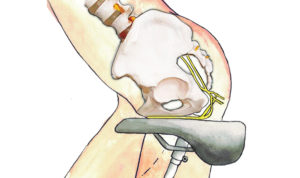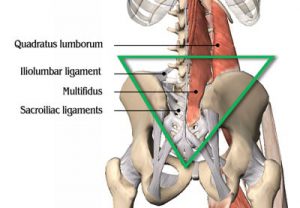The massage profession’s experts answer your questions about technique, business, self-care and research.
How can I tone weak muscles during a massage session?
Erik Dalton Responds

That’s a good question, and one quite fitting for all bodywork modalities. Traditionally, massage therapy has focused on restoring length (extensibility) to tight myofascial tissues, while the job of strengthening has been assigned to personal trainers and other manual therapy groups. The structural integrative therapist is keenly aware of restoring proper balance between tonic/phasic and global/core muscles to assure positive posture and pain-management outcomes.
Yet, some bodyworkers may lack the appropriate skills for strengthening weak muscles. And depending on one’s certification, scope of practice can be an IMPORTANT issue. Many state regulation boards restrict the massage therapist from offering home retraining exercises or allowing referrals to personal trainers. Despite all these apparent complexities, I’ll try to provide a time-sensitive and practical answer.
Before discussing muscle weakness, let’s briefly address tone. The term muscle tone has always sparked controversy in biomedical and manual therapy circles due to conflicting definitions among various leading authors. In anatomy and physiology, muscle tone, known as residual muscle tension or tonus, refers to the continuous and passive partial contraction of muscles. While residual tonus helps maintain posture, it is not to be confused with the concept of toning in physical exercise.
The word tone simply describes the state of our muscles. When at rest, muscles must maintain a constant state of partial contraction to ready us for action.This reflex helps guard against danger while also assisting in balance control. Muscle tone is involuntary, so you can’t change it by lifting weights or doing Pilates. Having said that, I’m intentionally guilty of misusing the term when describing hands-on, muscle-spindle tonifying techniques discussed later in the article.
Tightness-weakness syndrome
According to the legendary rehabilitation researcher Vladimir Janda, M.D., muscle imbalance implies an altered relationship between muscles prone to tightness, or SHORTNESS, and those prone to weakness, or inhibition (e.g. tight pecs=weak rhomboids, tight psoas=weak G-max). Predictable aberrant postural patterns like these are commonly seen in our flexion addicted society and are thought to develop from abnormal afferent information due to a number of factors, including faulty posture, joint blockage, excessive physical demands, painful or noxious stimuli, gravitational exposure, habitual movement pattern.
On sale this week only!
Save 25% off the "Dalton Technique Treasures" eCourse
The “Dalton Technique Treasures” eLearning course is a compilation of some of Erik’s favorite Myoskeletal Alignment Techniques (MAT). Learn MAT techniques to assess and address specific sports injuries, structural misalignment, nervous system overload, and overuse conditions. ON SALE UNTIL July 29th! Get Lifetime Access: As in all our eLearning courses, you get easy access to the course online and there is no expiry date.







